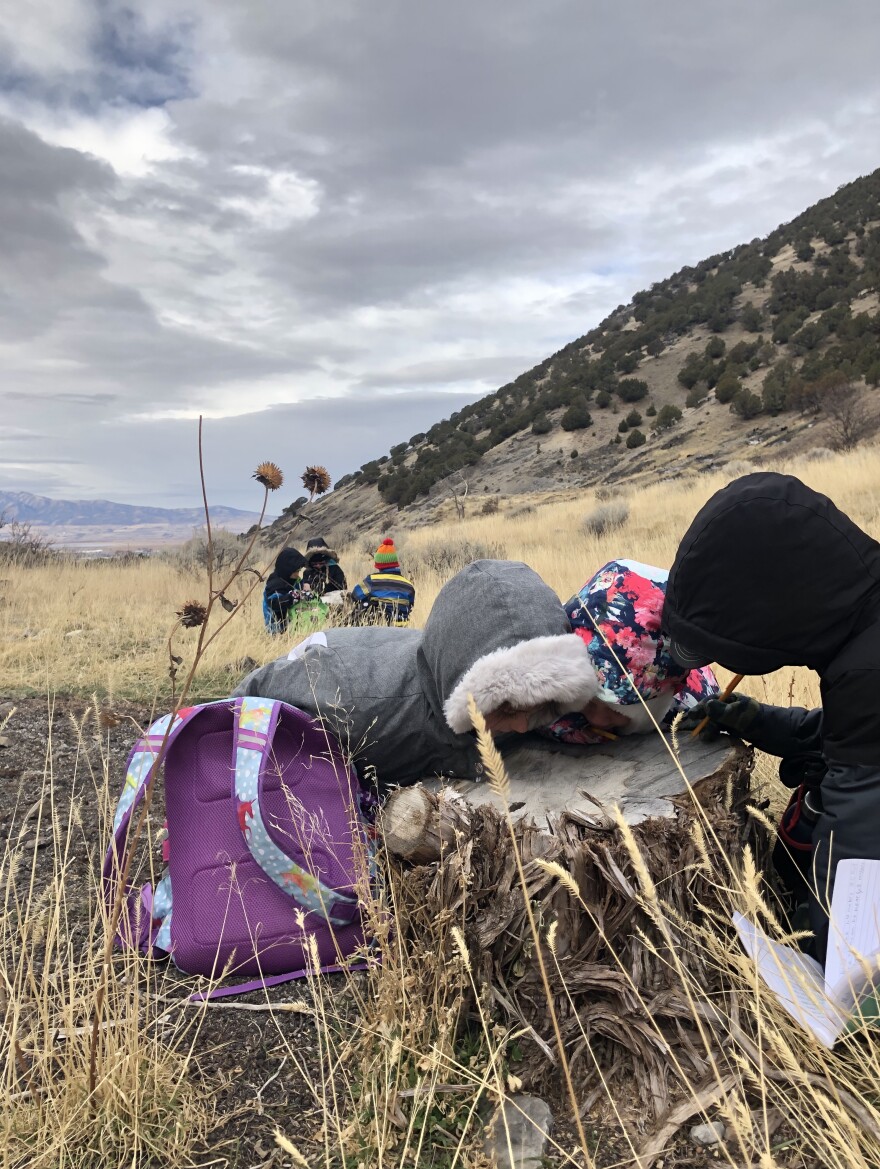A few months ago, I shared a piece on this program called “Why I Teach Outside.” In it, I discussed the academic research and my personal anecdotes that reaffirm the education community’s movement toward experiential learning and learning beyond the four walls of a classroom.
But it was mostly theoretical—an explanation more of WHY experiential learning in nature works than HOW it can be implemented. Then, my third graders were sent home for the year. And I started getting emails. Parents needed ideas to supplement the online curriculum and to ultimately get their children unplugged on a regular and healthy basis. So, here are a few of my ideas.
There is probably no greater privilege as an educator than to witness the natural and emphatic curiosity of youngsters. Use that to your advantage. You’ll find that it’s rather simple. Let’s start with that most boisterous and emphatically curious age group of all—the lower elementary students: Kindergarten through 2nd grade. Science is the low-hanging curricular fruit for this age group outside, but it’s also rich with wonder—things in the natural world that make kids say “Huh?! What? WHY? HOW?” We call those things phenomena, and you can find them in your backyard.
Have your Kindergartner explore the plant life around your home, making observations about the similarities and differences they notice between the various species. Ask guiding questions of them to help them arrive at an explanation for those patterns they find in nature. Help your first grader investigate the various sounds made by natural objects found in your yard or neighborhood. Why, for instance, does a rock make a sharp, high-pitched cracking sound when hit against another rock but creates a dull, low-pitched thud when dropped onto the ground? Second graders can move into more complex explorations of properties of matter. Have your child make a house out of leaves and sticks. Then, have them explain why they used particular materials in specific ways? What is their reasoning?
Upper elementary students in grades 3 through 5 or 6 can begin making connections between the natural world and their own lives. Moving beyond the science curriculum, I sent my third graders on a socially-distanced driving tour of Cache Valley. Without leaving their vehicles, students were able to study their communities and identify necessary natural resources that humans in the area require to survive. Fourth grade social studies curriculum is focused on Utah. Wherever you live, there is an important and noteworthy social artifact nearby that you can explore while also observing conservative social distancing measures. That research I mentioned earlier tells us definitively that even just being outside helps our brains make new connections and create better understandings. Fifth and sixth grade social studies focus in part on the rights and responsibilities of humans. What better time to sit beneath a tree and think and write about those questions of liberty and social responsibility. That journal will become a primary resource for future generations eagerly asking, “What was it like? How did you handle everything?” I for one, have to get out into the bright, green world to be able to handle life quarantined indoors.
We can’t forget socialization, either, which is one of the most important parts of middle and high school. How do we combine the natural world, social networking, and social distancing?! My school’s staff discussed Earth Day activities recently as a way of getting kids and families unplugged and active. Have your older students brainstorm with friends via video conference, text messaging, phone calls, or social media ways in which they can, individually but as a group, promote the welfare and stewardship of our planet. Pick up trash around the neighborhood; plant a garden; write a letter to a legislator. They will find what’s important to them.
These suggestions are not an exhaustive list of course. But, no matter what you end up doing with whichever age group children you have, remember, more important than the academic rigor of your homeschooling is the physical, mental, and emotional well-being of your children. Help them flourish during this difficult time. Unplug the computer. Get them outside.



